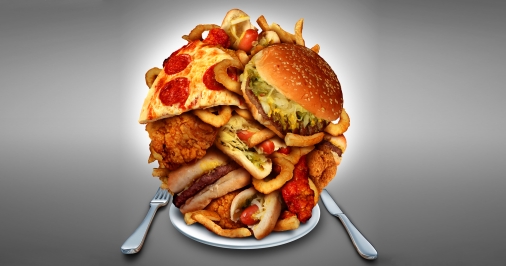news & updates
Catch up on all the latest news and trends of South Catering events, including coverage of menu items, service styles, blog posts for tips regarding hosting events, planning, selecting venues and many more resourceful articles; And all latest developments of South Catering family and all our programs designed to give back to the community.
Binge eating disorder (BED) is a severe, life-threatening, and treatable eating disorder characterized...
Most of the sodium we consume each day is “hidden” in packaged and restaurant foods – even foods that...
The Companions of the Prophet (pbuh) used to prepare for Ramadan six months in advance. So, if we really...
South Catering pledged
– to unite for climate change project under the make my island platform
–...
Choosing a wedding photographer might sound simple, but it can make or break your wedding. It should...
Anniversary Celebration of South Catering and appreciation ceremony of South Employees.
\t\t \t\t...
Daily Protein Intake Isn’t Necessarily The Same For Everyone – Here’s How To Determine...







